| jagaimo | 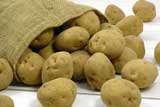 |
potato (other names: jagatara-imo, bareisho,etc.) |
||||||||||||||||||||||||
| jaguchi | 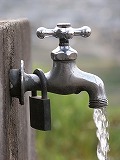 |
water outlet // tap//faucet | ||||||||||||||||||||||||
| janken | Paper, rock, scissors Goo (rock), Choki (scissors), Paa (paper) We call out "Jan, Ken, Pon/Poi/Hoi). If it's in even, then "Aikodesho". |
|||||||||||||||||||||||||
| jinchoge | 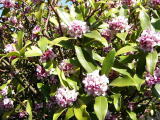 |
daphne jinchoge has nice sweet fragrance. |
||||||||||||||||||||||||
| jinrikisha | jinrikisha, rickshaw | |||||||||||||||||||||||||
| Jinsei-ji | - | - | ||||||||||||||||||||||||
| joka-machi | castle town | |||||||||||||||||||||||||
| joki-kikansha | 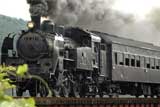 |
steam locomotive | ||||||||||||||||||||||||
| jugoya | 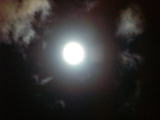 |
the moon on August 15th of the lunar calendar. | ||||||||||||||||||||||||
| junishi | - |
Junishi are the twelve signs of the Chinese zodiac. It is said to have originated during the Tin Dynasty (1600B.C.-1000 B.C.). They began to express dates through a system of sets of characters used as symbols: a set of 10 stems 十干/jikkan and a set of 12 branches 十二支/junishi, used in convination to create a cycle of 60 called 十干十二支/jikkan-junishi or 干支/eto. Today they are used mainly to indicate years. |
||||||||||||||||||||||||
| junihitoe | lit. a twelve-layered costume. A ceremonial costume for a court lady in the Heian period (794-1185) |
|||||||||||||||||||||||||
| juwaki | 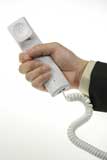 |
receiver | ||||||||||||||||||||||||
| Juyo-Bunkazai | - | Juyo-Bunkazai 重要文化財 are important cultural assets The most significant among them are classified as national trasures 国宝/kokuho. |
||||||||||||||||||||||||